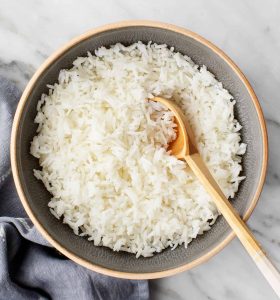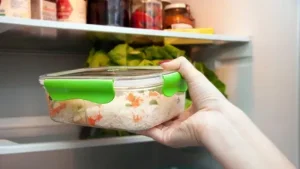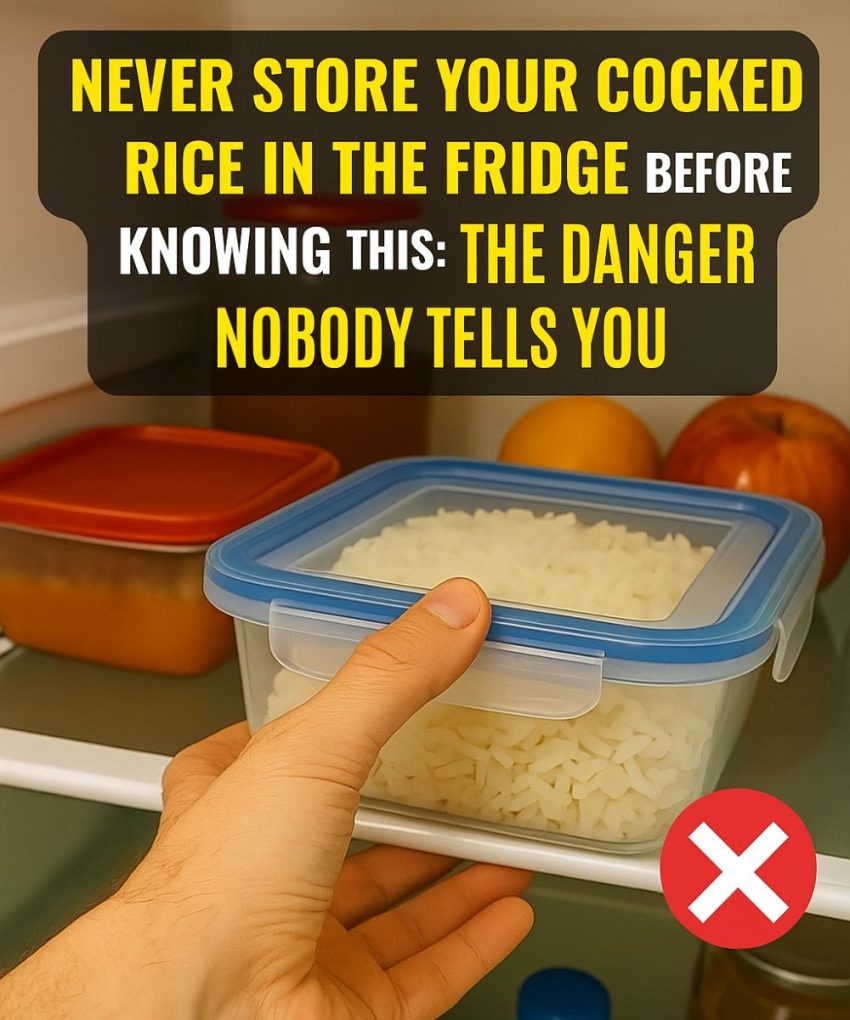The majority of us throw leftover rice in the refrigerator without giving it any thought. Cooking a large quantity, storing the remainder, then reheating it for lunch or dinner the following day is a common practice. The majority of people are unaware that leftover rice, even when stored in the refrigerator, can pose a concealed risk.
Indeed, bacteria can grow on rice, and odors or obvious mold don’t always indicate a food’s unfitness for consumption. Can you identify the most significant culprit? Bacillus cereus is a type of bacteria that can withstand frying.

Any Bacillus cereus spores that are present in the raw grains can withstand the heat when the rice is cooked.
These spores can grow quickly if the rice is left out for an extended period of time before being chilled, or if it is not cooled down fast enough. Worse, warming does not harm the chemicals they produce. This implies that even if you microwave your rice, it could still cause nausea.
Nausea, vomiting, and diarrhea are the most common signs of food poisoning caused by Bacillus cereus. Within one to five hours of consuming tainted rice, the sickness typically starts. Although it is rarely deadly, it can be fairly severe, particularly in children, the elderly, and people with weakened immune systems.

So, how can you keep yourself safe?
1. Quickly cool the rice: Don’t let the rice stay at room temperature for longer than an hour after cooking. Before placing it in the refrigerator, spread it out on a tray or in a shallow container to allow it to cool more quickly.
2. Proper storage: Use airtight containers and keep the rice in the refrigerator’s coldest section. Avoid leaving it exposed or close to the refrigerator door where the temperature may change.
3. Don’t keep it for too long: Cooked rice should be consumed within a day or two, even if it is stored carefully. Then, discard it—it’s advisable to take precautions to ensure safety.
4. Reheat rice only once: Repeated reheating increases the risk of bacteria growth. Make sure the food is hot (at least 165°F or 74°C) and only heat the portion you intend to consume.

5. Trust your instincts, but don’t overheat: The mere appearance and aroma of rice does not guarantee its safety. Bacillus cereus produces odorless, undetectable poisons.
There is no secret safety box in the refrigerator. While it suppresses germ growth, it doesn’t completely halt it, nor can it reverse existing damage. So, how you handle food before refrigeration is as important as how you store it.
You now know that leftover rice is one of the most disregarded food safety hazards in the typical household, despite its seemingly innocuous appearance. Therefore, keep in mind these tips the next time you’re ready to hide that bowl of rice: Cool it quickly, store it wisely, and never take a chance.
